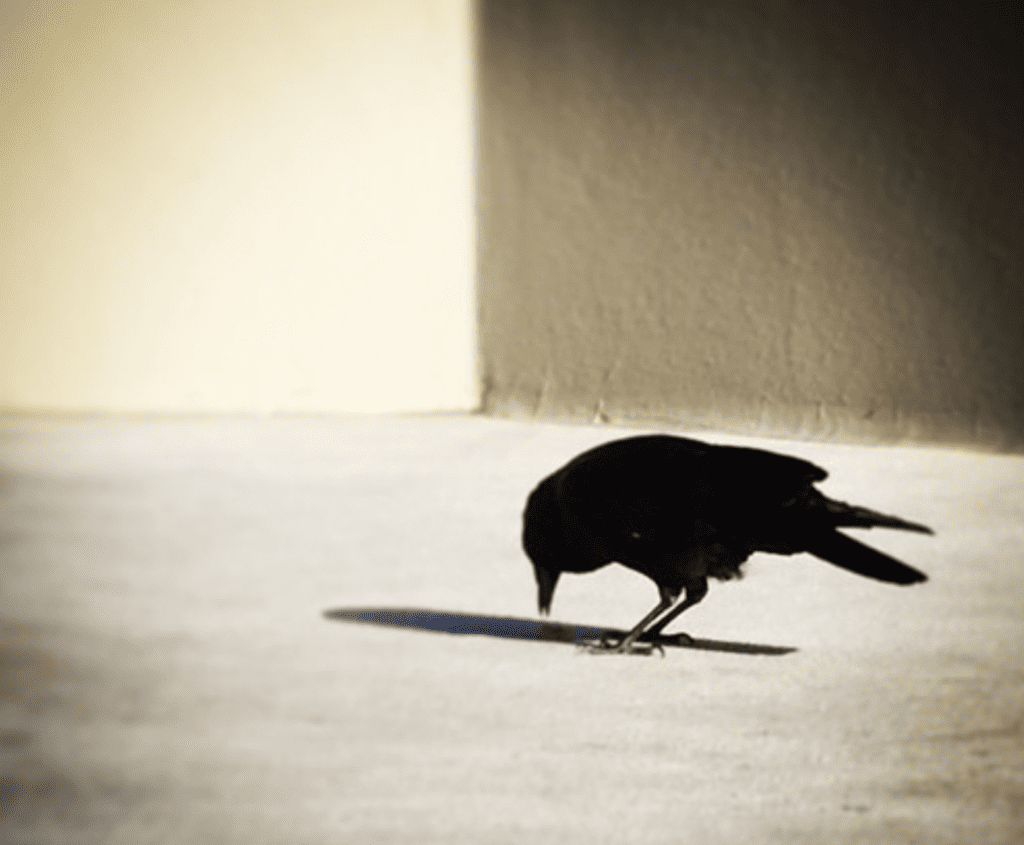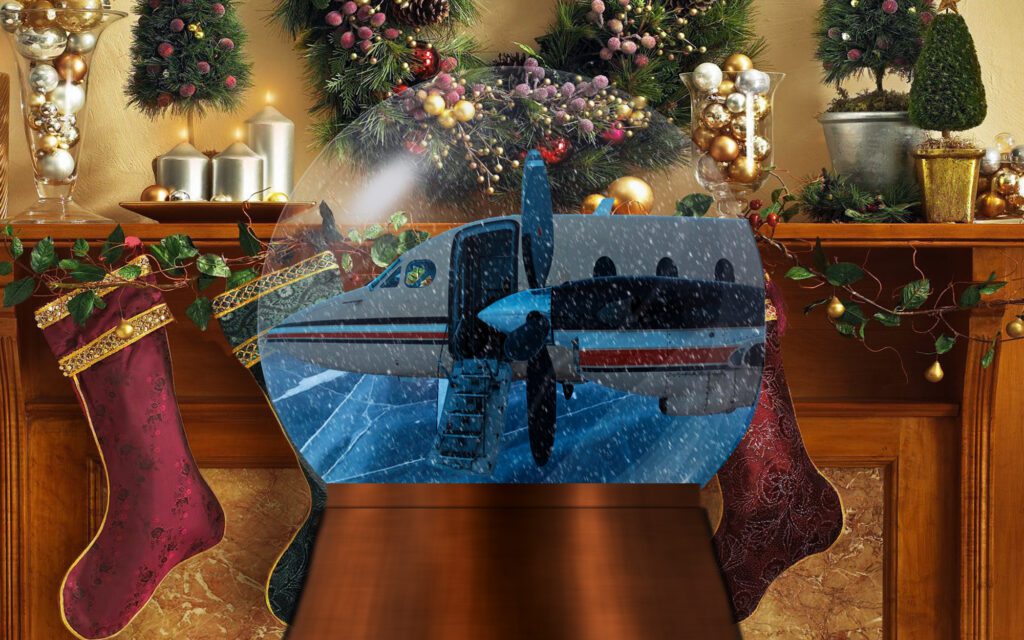I’m a big fan of books about Alaska. Here are a few that I’ve enjoyed.
“In a Far Country” is about the Overland Relief Expedition of 1898. It involved a 1,500 mile journey to ship up supplies and drive a herd of 500 reindeer from the Seward Peninsula to Barrow, where hundreds of whalers are trapped in the ice. It follows Tom Lopp, a teacher and missionary in Wales and Sheldon Jackson, and early education official in Alaska and an inexhaustible pitchman for the introduction of reindeer. It’s a trip into a tumultuous time when international whalers risked it all for a few months of harvesting blubber and whalebone. The boom and bust cycle of gold mining had begun across the state and the rest of the country was first exposed to the territory of Alaska and the people who lived there. “In a Far Country” gives a snapshot of Western Alaska in the late 19th century set against a wild and weird journey of reindeer, sled dogs, and icebreakers.
“The Firecracker Boys” covers Edward Teller’s plans to excavate a deepwater harbor near Point Hope by detonating several hydrogen bombs. The plan never went forward, but it took the work of hundreds of people to shed light on the potential consequences of the operation. A native-run newspaper, the Tunda Times, rose up as the government steamrolled forward with the operation. The newspaper helped to organize opposition to the plan and build unity across the state that would be critical in landmark land-claims legislation in the coming decades.

Bill Streever’s “Cold” describes in great detail how animals and humans survive and thrive in cold temperatures. Are you curious about the insulating qualities of moose hide? Or how mice build networks of tunnels under the snow? Do you want 10 pages about the Schoolchildren’s Blizzard of 1888? How much do you want to know about hypothermia? I’m in the process of re-reading this one; it’s that good.
“Going to Extremes” is the classic “pipeline era” book. It’s written by an outsider, but that’s sort of the point. Joe McGinniss describes the insanity of the multi-billion dollar pipeline project and the impact of new money and new people arriving in a tidal wave. It likely takes a number of detours from the exact truth, but you just have to take it all with a grain of salt. It asks a lot of questions about what defines the “Real Alaska.” It’s a question that residents of the state are constantly negotiating.
And if you really have time to read, check out “Deadliest Sea: The Untold Story Behind the Greatest Rescue in Coast Guard History” or Jeff King’s “Cold Hands, Warm Heart.”
This is just scratching the surface. There are dozens and dozens of great books about Alaska and the Arctic. But you don’t have to take my word for it.







